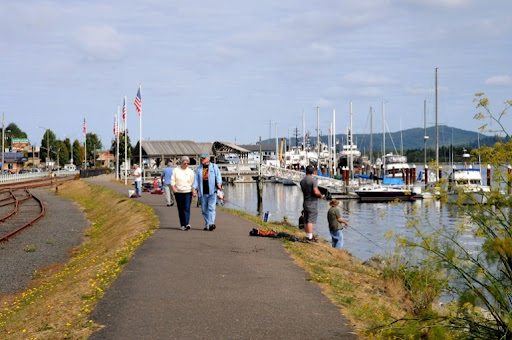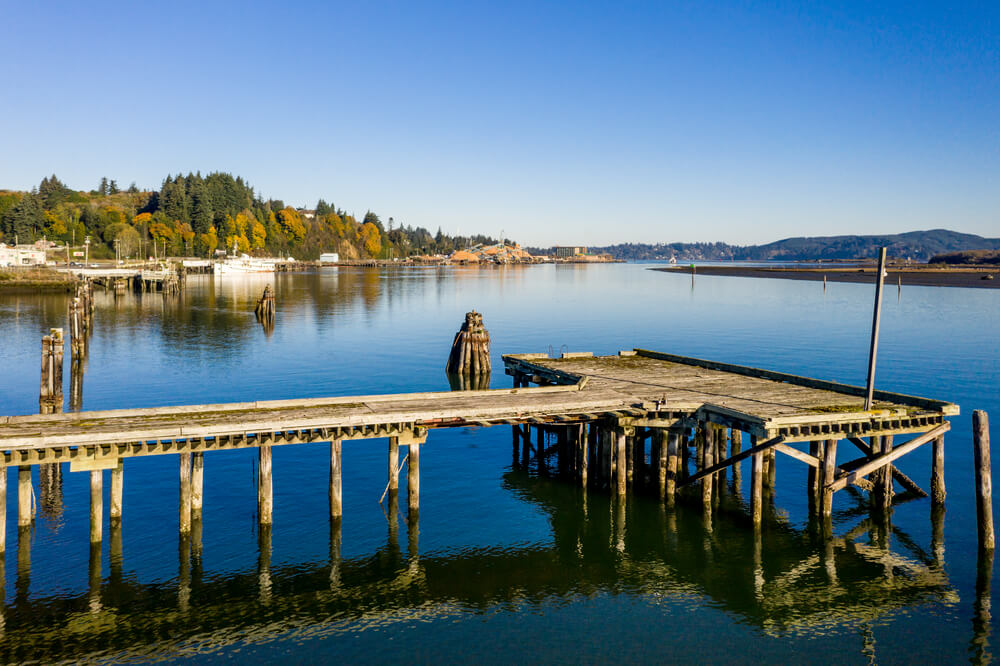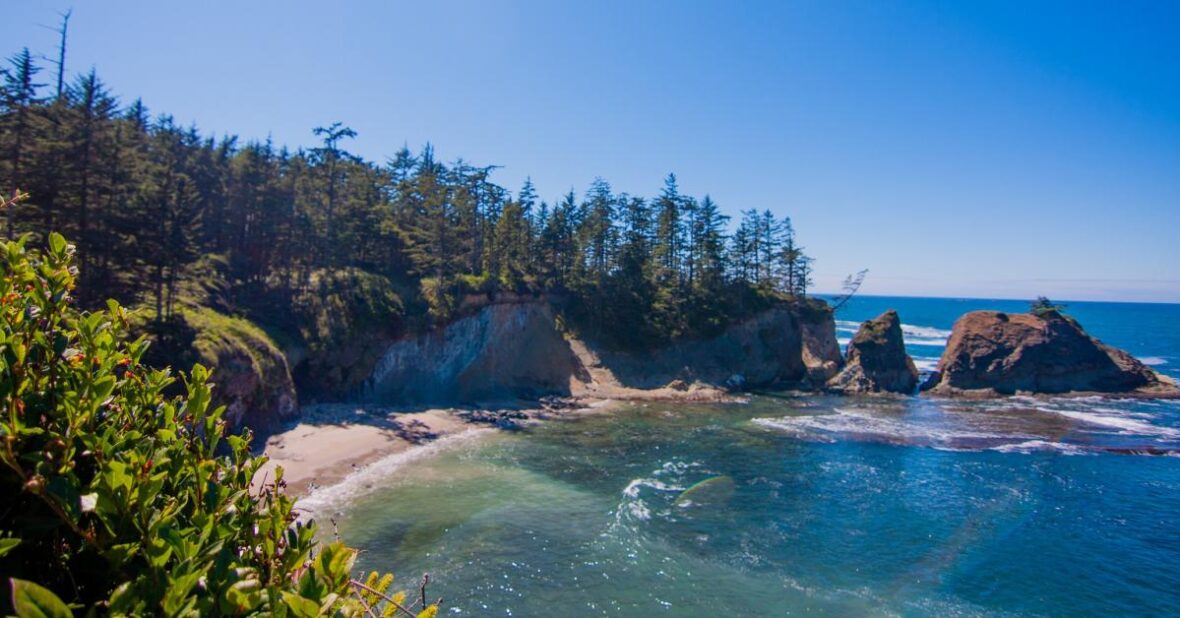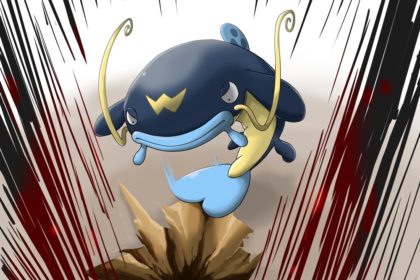Coos Bay is a city located in Coos County, Oregon, United States, where the Coos River enters Coos Bay on the Pacific Ocean. Take a look below for 20 interesting and awesome facts about Coos Bay, Oregon, United States.
1. The city borders the city of North Bend, and together they are often referred to as one entity called either Coos Bay-North Bend or Oregon’s Bay Area.
2. Coos Bay’s population as of the 2010 census was 15,967 residents, making it the most populous city on the Oregon Coast.
3. Oregon’s Bay Area is estimated to be home to 32,107 (Coos Bay 16,700; North Bend 9,925; Charleston 795).
4. Prior to Europeans first visiting the Oregon coast, Native American tribes claimed the Coos Bay region as their homeland for thousands of years.
5. Members of the Coos, Lower Umpqua, Siuslaw and Coquille tribes lived, fished, hunted and gathered along Coos Bay and its estuaries, along rivers, and in meadows and forests.
6. Approximately 400 years ago, British and Spanish explorers first approached the South Coast.
7. In 1579, Sir Francis Drake was purported to have sought shelter for his ship, the Golden Hinde, around Cape Arago.

8. Trader and explorer Jedediah Smith was in the region seeking furs, and the Hudson’s Bay Company sent Alexander Roderick McLeod to search for an inland passage.
9. The earliest settlement of European Americans in the area was in January 1852 when survivors of the Captain Lincoln shipwreck established Camp Castaway until they and their cargo could be fully rescued. There has been a permanent settlement on Coos Bay since 1853, when the town of Marshfield was founded there and named after the Massachusetts hometown of its founder, J. C. Tolman.
10. The first Methodist church in the area was established in 1857. By 1866 the inhabitants, who were reliant on the sea for their income, had built the Cape Arago Light. The setting up of a post office in 1871 and the arrival of the Coos Bay Wagon Road in the town a year later connected Coos County with the Umpqua River valley in neighboring Douglas County, on the other side of the Coast Range of mountains.
11. This wagon road, although long gone in its original form, is still partially in existence since the route of Oregon Route 42 roughly follows the original right of way.
12. 1870 saw Coos Bay set up its first, and the state’s 48th, chartered Masonic Lodge.
13. Named Blanco Lodge, this brotherhood was set up by several of the town’s founding fathers. With this development, the incorporation of Marshfield came in 1874. One of the nation’s oldest still-operating machine shops, the Nelson Machine Works-Coos Bay Iron Works, was founded in 1888.
14. On September 18, 1902, the only lynching ever to be documented in Oregon occurred in Coos Bay, of Alonzo Tucker, an African-American man. He was accused of raping a white woman and escaping from jail. However, there is no record of his escape from jail. According to newspaper accounts, Tucker was discovered by two young boys who began shooting him with airguns. After a brief pursuit, local miners apprehended Tucker who was hiding inside a store. The mob considering hanging him inside the store but decided to return him to the site of the alleged rape at a nearby bridge.

15. Tucker was shot twice and then hung from the 7th Street bridge, which spanned present-day Golden Field, where high school soccer games are now held. No charges were ever brought against the mob as officials determined “the deceased came to his death at the hands of parties unknown while resisting arrest for a felony, and that no crime was committed thereby.”
16. Despite this claim that those in the mob were unknown, the participation of multiple people, including the husband of the alleged rape victim, was noted in local newspapers. One newspaper at that time reported the mob was “quiet and orderly” and another paper wrote, “‘Well done’ is the consensus of public opinion.” Alonzo Tucker’s cause of death was asphyxiation.
17. According to the coroner’s report, cause of death was blood loss from the gunshot wound in Tucker’s right thigh, in which case he died before being hanged on the Marshfield bridge.
18. The City of Coos Bay comprises four districts, two of which (Eastside and Empire) were formerly independent cities.
19. The Milner Crest district is a residential neighborhood developed in the mid-20th century, located at the crest of a hill overlooking the bay, north of Mingus Park and the Marshfield District. The majority of the Coos Bay area’s medical facilities are located in this district.
20. The Eastside district of Coos Bay was originally called East Marshfield for its situation on the east side of the bay. East Marshfield post office was established in 1891 and it operated intermittently until 1908, when the name was changed to Eastside.




